Andrew Fritschij
Advisor: Herbert Enns
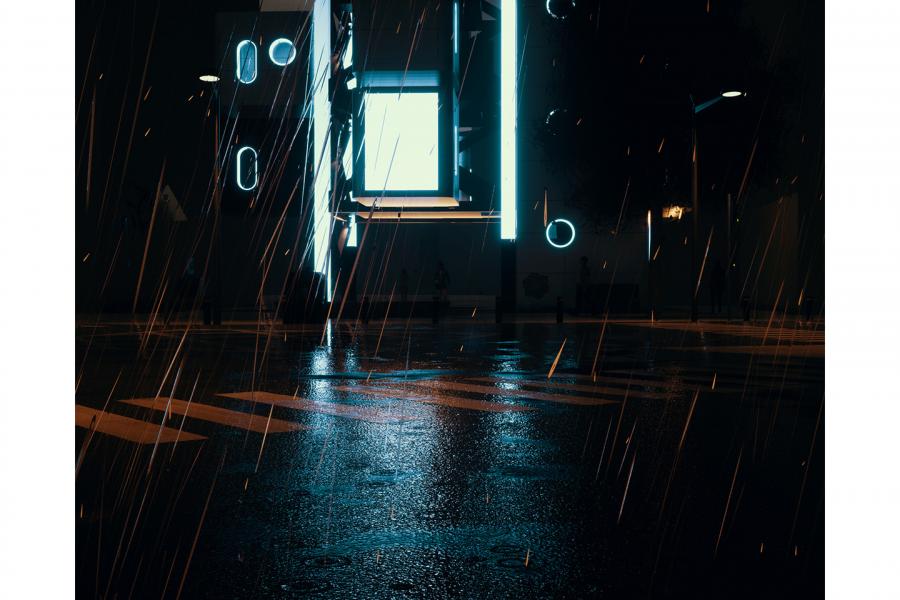
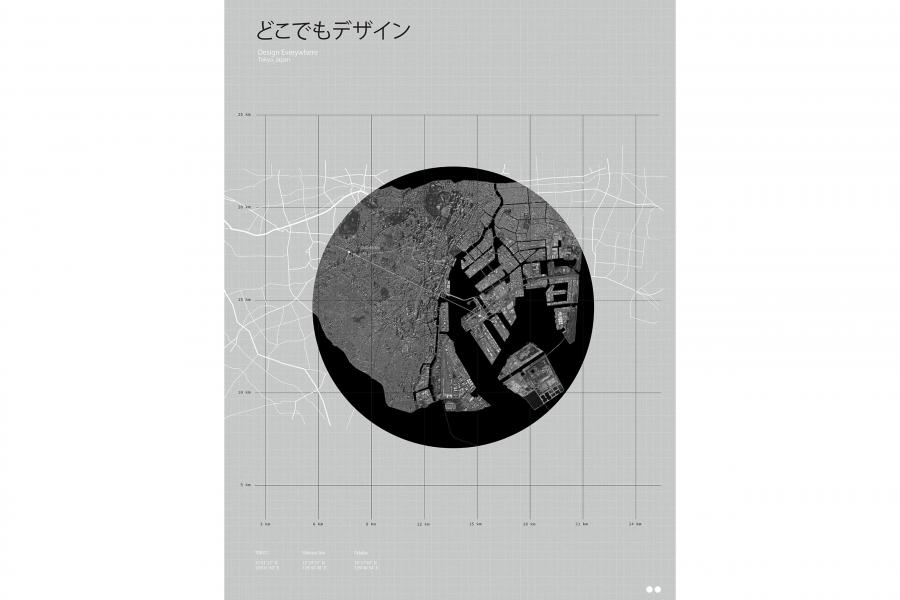

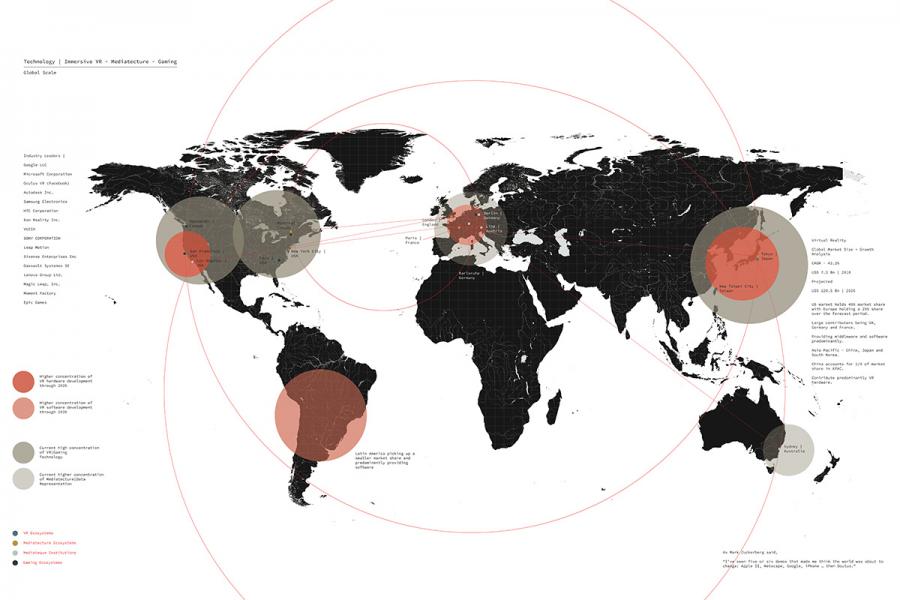
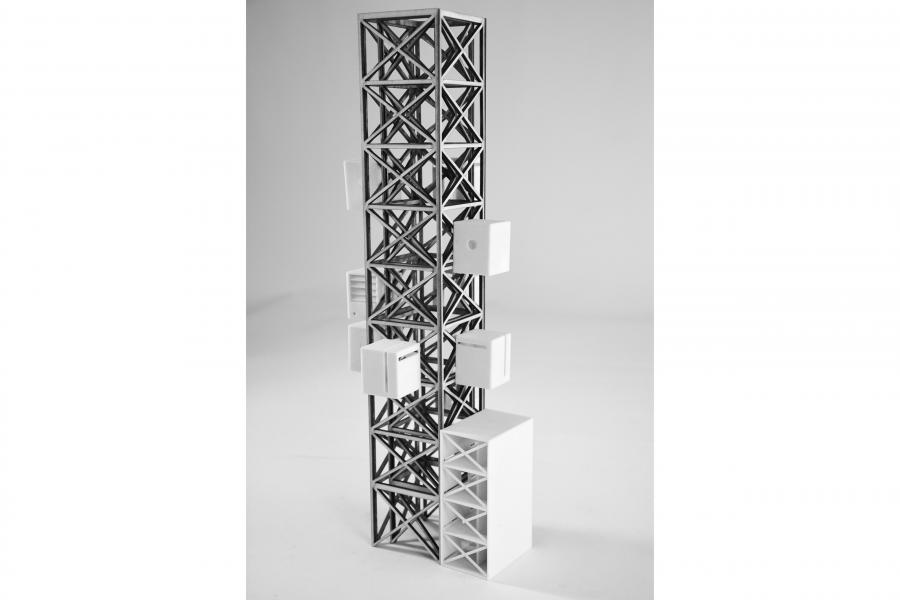
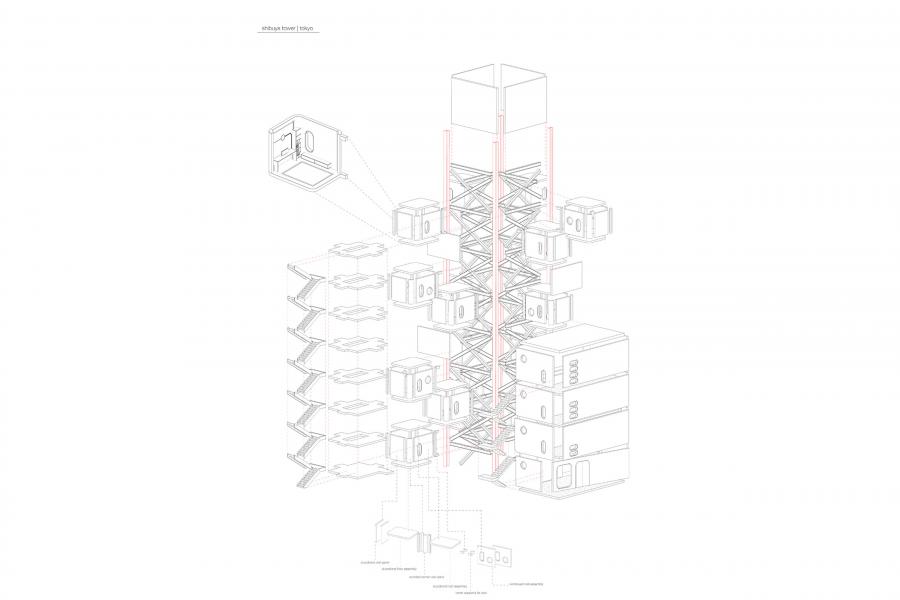
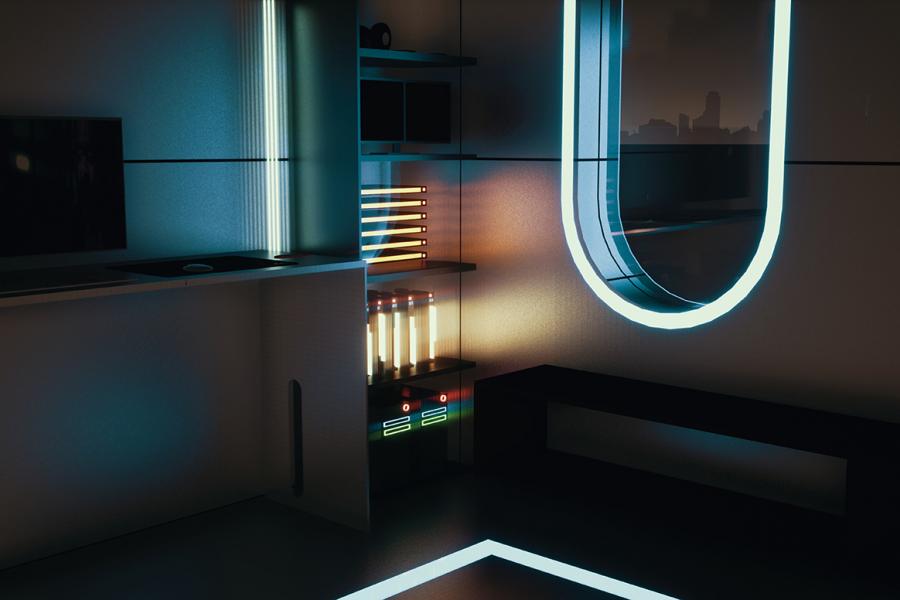
Design Anywhere: The Circularity of Technology in Architecture and its Places of Origin
What role does technology have in the future of architecture and creative design? It is no secret that technology has been widely engrained in our DNA. If you don’t have a mini super computer in your pocket you are most certainly either too young to communicate or are old enough to have grown up without one for a majority of your life; it goes without saying that it has become a part of who we are as humans. With the power of modern day technologies, architecture and creative environments have the ability to be anywhere regardless of its geographical location. Evident through technological advances in virtual and augmented reality, immersive cinematic experiences and easily accessible web searches, design has become now more than ever readily available at the fingertips of the world. Technology and the internet has pioneered an endless platform which allows the ideas and experiential qualities of a building to be experienced anywhere. Design is everywhere.
The ar/vr industry in the past five years has been regarded by professionals and analysts from around the world as a rapidly growing industry, with software and hardware becoming increasingly more complex with every annual year. In 2018 the global market size was valued at $7.3 billion USD and by 2026 is expected to reach $120+ billion USD with a compound annual growth rate of 42.2%. Is it possible that emerging technology such as virtual reality can reshape how we visualize, create and experience the world? It is widely believed so, but a certain degree of circularity is inherent within the basis of this question. Regardless of how accessible something becomes it will always have a place of origin, roots within a beginning, somewhere it was conceptualized and created.
This thesis will explore how creative experiences can be transported through technology and also how they begin, where it is conceptualized, its own origin story. In designing a space of origin, the question then becomes how can we design for a place of creating in an ever growing but shrinking digital world? Does our previous knowledge of creative placemaking still hold value? With technology engraining itself within the creative work flow how can creators be given spaces where collaboration and new ideas flourish and come to life? In the future does it really exist; or is it just another layer of virtual code that has been added to our perception of reality?
